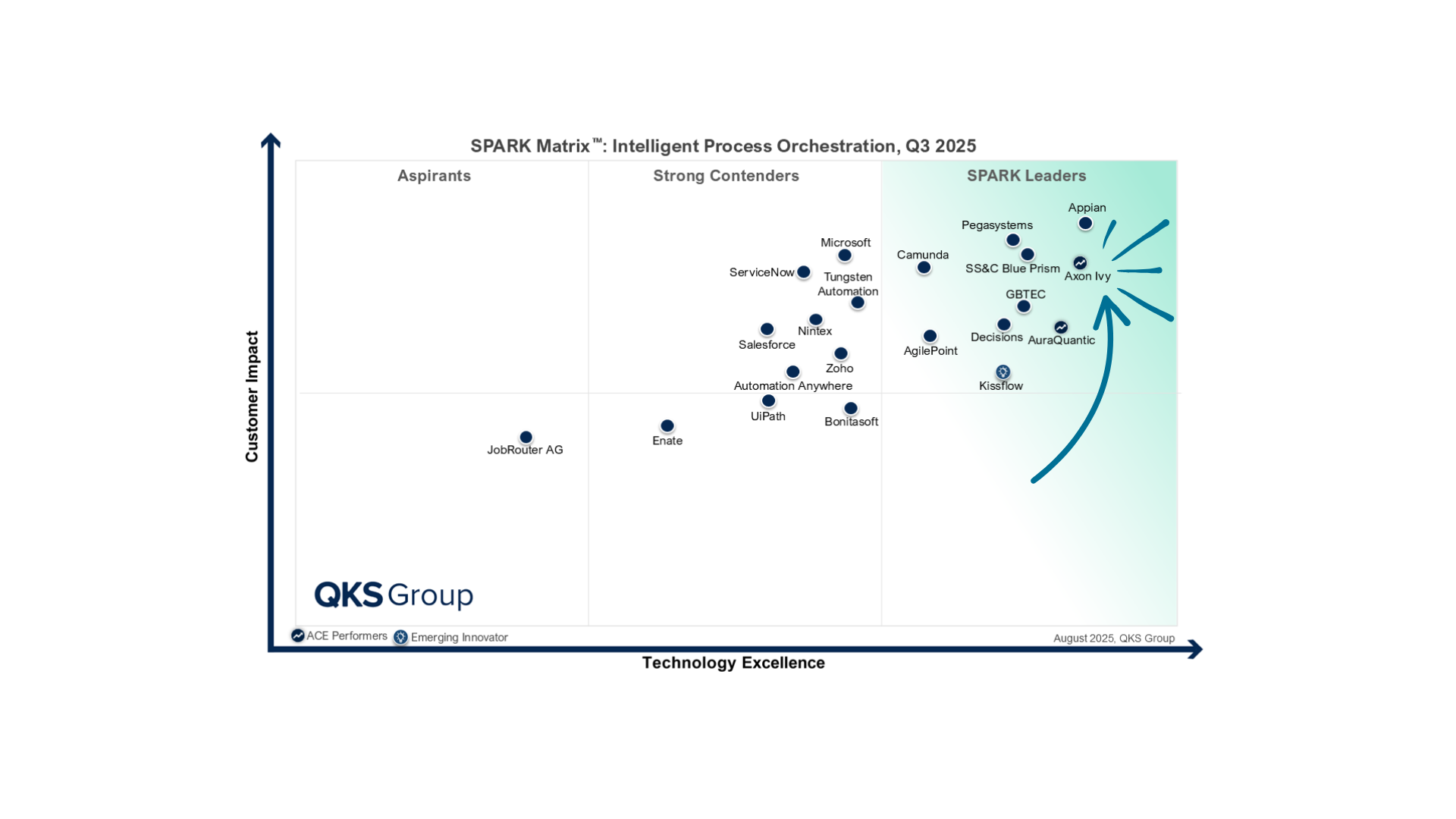
Business Transformation Through Process Automation
Both business and society are constantly evolving. As a result, companies must anticipate changes or react swiftly to maintain or enhance their market position, especially against the backdrop of digital transformation. To stay competitive, organizations need to prioritize digitalization and automation—only those who automate profitable processes and efficient workflows will remain competitive.
The First Step: Process Potential Analysis (PPA)
The first step on the path towards automating business processes is the Process Potential Analysis (PPA). This analysis pinpoints processes with the greatest potential for automation, targeting their thorough digitalization and optimization. The primary goals are to reduce lead times, optimize resource use, and increase productivity. Once automation is in place, companies can position themselves as forward-thinking leaders in the market.
Focusing on Internal Workflows and Structures
With the rise of digitalization and automation, companies have to successfully transform their processes and business models in order to meet the challenges and to harness the opportunities of digital transformation. This involves eliminating silo-based thinking and considering processes along the entire value chain. This paradigm shift promotes internal networking and cross-system collaboration, allowing staff to concentrate on core tasks through efficient workflows.
Business Process Management: A Key to Transformation
When putting an automation project into action, companies have to think beyond traditional application scenarios. Companies need to focus on applications that support digitalized processes and enhance digital transformation.
This approach improves workflows, boosts employee and customer satisfaction, and introduces new working methods. It includes the intelligent integration of mobile devices into the sales process. Since current business processes often don't translate directly to mobile platforms, tailored workflows must be designed to align with the customer journey and optimize mobile applications. Additionally, integrating social media and cloud services requires developing entirely new strategies and frameworks.
Social Collaboration, Big Data, and the Internet of Things
The automation of business processes provides numerous additional benefits for companies. By integrating social collaboration tools, employees and teams can form more effective and intelligent partnerships. This networking ensures that knowledge is shared optimally within the organization, available anytime and anywhere, regardless of location or user.
Big data management also plays a crucial role. With well-defined processes, companies can extract, prepare, and combine large volumes of data to obtain relevant and actionable insights, adding significant value. Integrating the Internet of Things (IoT) is essential for transforming business operations. By connecting machine and equipment data with business processes, companies enable systems to communicate, facilitating quick and efficient data exchange.
Last but not least, the use of the right automation technology supports optimal case management, allowing for the flexible structuring of complex processes. This approach ensures that individual cases are managed efficiently and in full compliance with legal and regulatory guidelines.
“By implementing automation consistently and thoroughly, companies can achieve their long-term strategies and goals while also defending and expanding their market position.”
Benedikt Diekhans
Key Account Manager, Axon Ivy AG
The Bimodal Approach
A bimodal approach is recommended in order to prevent the entire IT infrastructure from being turned upside down when implementing process automation. This involves introducing an automation platform that integrates seamlessly with existing IT systems, allowing companies to benefit from new technologies without migrating existing systems. Both the organization itself and its staff benefit from the use of an intelligent process automation platform. As a central hub for business processes, it allows for the following:
- Fast connection of existing interfaces
- Simple integration of various systems
- Process monitoring and documentation
- Cost savings through automation of manual tasks
- Intuitive operation with various input devices
- Reduced risks and increased efficiency
By implementing intelligent process automation effectively, companies can achieve their long-term strategies and goals while enhancing their market position.




